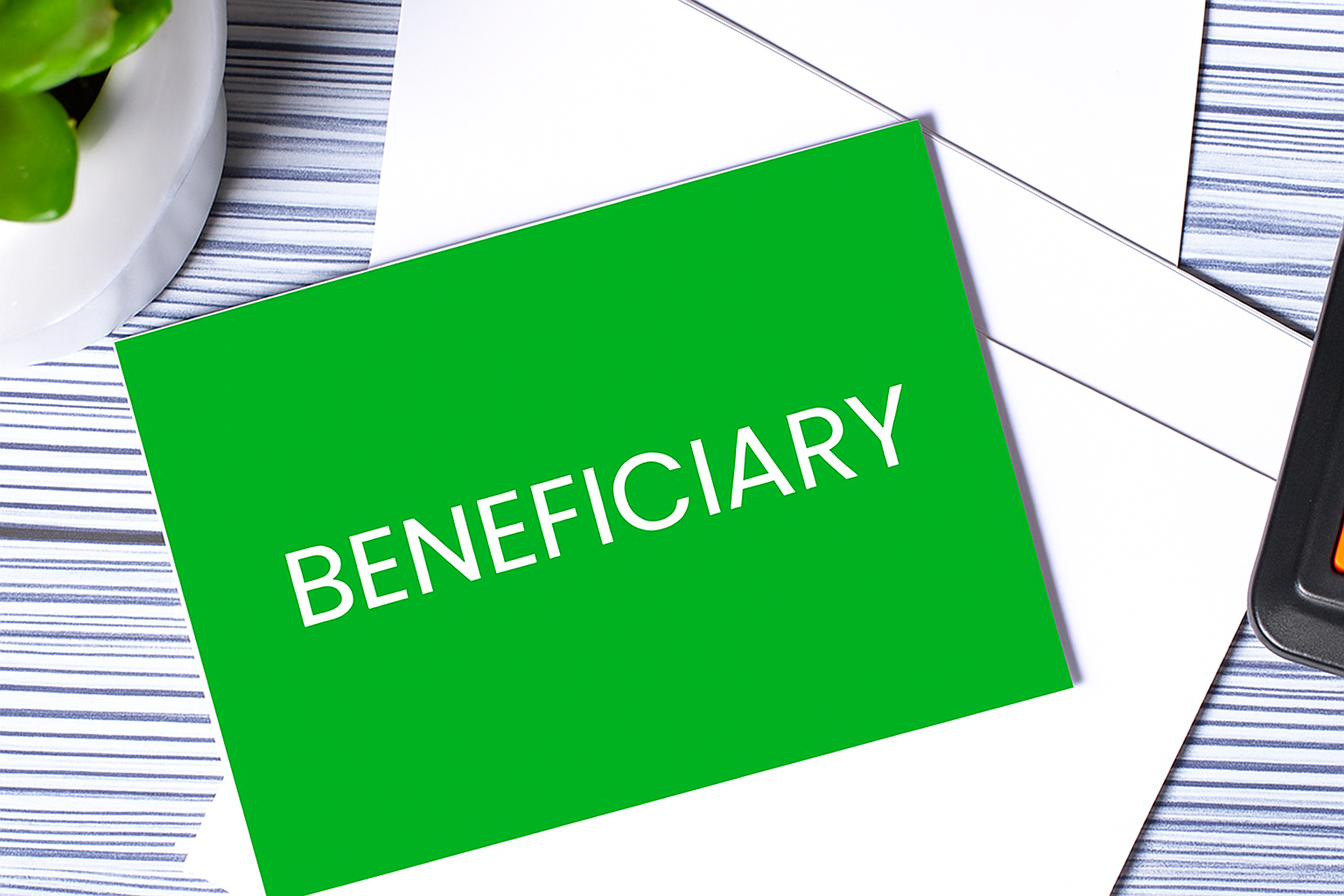Hello! I'm your AI-powered assistant for the Molo Retirement Fund Trustee Portal. I'm here to help you navigate the complexities of your role, providing reliable and consistent guidance on trustee responsibilities, governance, and compliance. I streamline access to essential information, empowering you to make informed decisions for your fund.
Can you give me an overview of a retirement fund trustee's core responsibilities in South Africa?
Where can I find information on the latest regulatory updates or compliance requirements for SA pension funds?
I'm new to this. What's a good starting point for learning about retirement fund investments?
Legal name
Alternative name
Founded year
Number of employees
Prefer not to say
Company type
Corporation
Industry
Area served
hennie@molo.page
Phone
0718607703
Molo Retirement Fund Trustee
10 Aug 2025

The Difference Between Approved and Unapproved Group Benefits
Group risk cover, which typically includes life and disability benefits, is a valuable part of an employee's benefits package. This cover is often more cost-effective due to risk pooling and group underwriting. A key distinction for employees is whether their benefits are "approved" or "unapproved," a difference that primarily impacts how premiums and benefits are taxed and paid.
Approved Group Cover
Approved group cover is integrated into a tax-approved retirement fund, such as a pension or provident fund, which is registered with the Financial Sector Conduct Authority (FSCA).
Key Features:
- Policy Ownership and Premiums: The retirement fund owns the policy and pays the premiums, which means there are typically no fringe benefit tax implications for the employee.
- Tax Deductibility: Employer and employee contributions to the retirement fund, including the portion for group risk cover, are tax-deductible up to 27.5% of taxable earnings, with an annual cap of R350,000.
- Death Benefit Distribution: Upon the member's death, the life cover proceeds are combined with the member's retirement fund credit. The fund's Board of Trustees is then responsible for distributing the total benefit according to Section 37C of the Pension Funds Act. This distribution process is guided by any beneficiary nominations but prioritizes the financial needs of the deceased's dependants. The process can take up to 12 months, and the benefit is subject to tax as per the retirement tax tables.
- Disability Benefit: In the case of permanent disability, the member must take ill-health retirement, and the disability benefit is paid out with their other retirement benefits.
Unapproved Group Cover
Unapproved group cover is a standalone insurance policy that is not linked to a retirement fund. The term "unapproved" simply means it is not offered through a tax-approved fund and has no bearing on the policy's validity.
Key Features:
- Policy Ownership and Premiums: The employer typically pays the premiums, which are a tax-deductible expense for the employer but are considered a taxable fringe benefit for the employee.
- Death Benefit Distribution: The proceeds of the unapproved life cover are paid directly and tax-free to the nominated beneficiaries or to the deceased's estate. This process is generally faster than for approved benefits. However, the proceeds are considered a "deemed asset" in the deceased's estate for estate duty purposes, although they may be eligible for a Section 4(q) deduction if the surviving spouse is the beneficiary.
- Disability Benefits: Benefits such as disability, funeral, or dread disease cover paid from an unapproved policy are paid out tax-free.
Summary of Differences: Approved vs. Unapproved Group Benefits
Approved Group Cover:
- Policy Type: Part of a retirement fund.
- Premiums: Paid by the retirement fund.
- Tax on Premiums: No fringe tax. Contributions are tax-deductible (capped at R350,000).
- Death Benefit: Combined with the retirement fund credit.
- Distribution: Managed by the Board of Trustees under Section 37C of the Pension Funds Act.
- Timeline: Can take up to 12 months for investigation.
- Tax on Payout: Subject to tax as per retirement tax tables.
- Estate Duty: Does not form part of the deceased's estate.
Unapproved Group Cover:
- Policy Type: A separate, standalone policy.
- Premiums: Paid by the employer; a taxable fringe benefit.
- Tax on Premiums: Taxable as a fringe benefit.
- Death Benefit: A separate, standalone benefit.
- Distribution: Paid directly by the insurer to nominated beneficiaries or the estate.
- Timeline: Generally faster, payable upon receipt of required documents.
- Tax on Payout: Paid out tax-free to the beneficiary.
- Estate Duty: A "deemed asset" in the estate for estate duty purposes.
Important Note
- Regardless of the cover type, it is crucial to keep your beneficiary nominations up-to-date. For approved funds, the nomination guides the trustees, while for unapproved funds, it ensures the benefit is paid directly to your chosen beneficiary.
